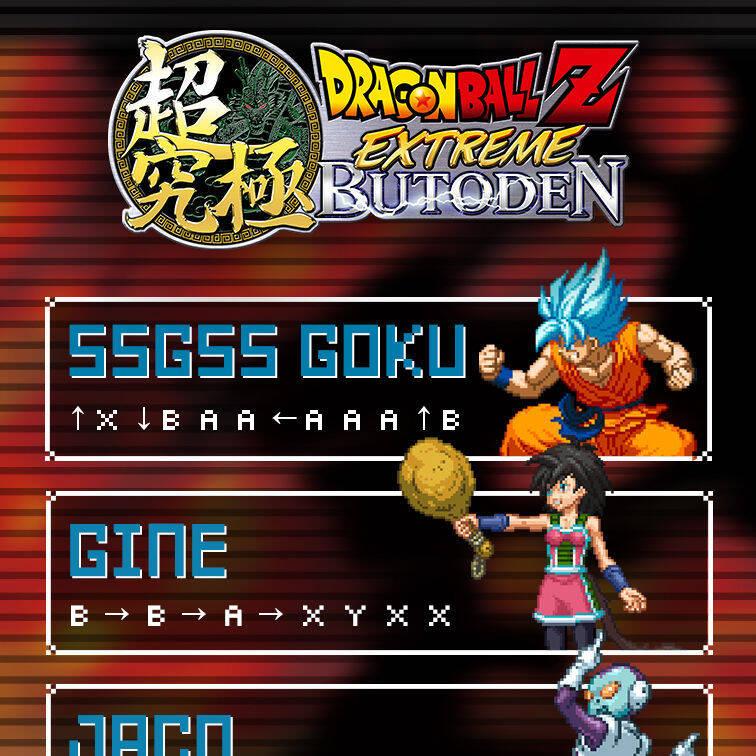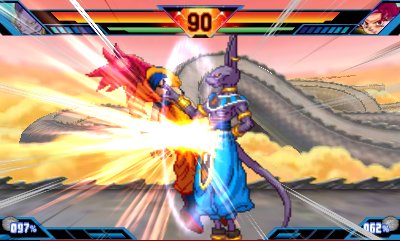

- DRAGON BALL Z EXTREME BUTODEN SSGSS GOKU MOVIE
- DRAGON BALL Z EXTREME BUTODEN SSGSS GOKU SERIES
Special blasts do not require a certain amount of Ki in order to be fired. Story Mode allows the player to take control of different characters at different times as well as having multiple branches and endings. Positional radar now uses little men mimicking the fighters' actions instead of colored dots. DRAGON BALL Z EXTREME BUTODEN SSGSS GOKU MOVIE
Storyline combines original aspects with key elements of the Cell Saga and the movie Dragon Ball Z: Bojack Unbound (with a little Dragon Ball Z: Broly - The Legendary Super Saiyan).8 (10 with a code) playable characters.This game vastly improved on the original game in many ways. As with the previous game, it was released on the Super Famicom.
DRAGON BALL Z EXTREME BUTODEN SSGSS GOKU SERIES
Goku and Vegeta powering-up in the World Martial Arts Tournament stage in Super Butōden 2ĭecemmarked the date the second game in the Super Butōden series was released. Main article: Dragon Ball Z: Super Butōden 2 The loudness of an Energy Beam usually indicates its strength aside from how much Ki it uses.
Energy Beams are indicated by a lightning sound effect while Energy Spheres are indicated by the sound of a shot being fired. Satan, he himself is not playable under any circumstance. Though the first fighting game to have Mr. Goku and Vegeta have their base forms playable in addition to their Super Saiyan forms. Knock-down recovery takes a fairly long time and leaves characters open to further attacks. Holding down while in flight causes the characters' Ki meter to recharge a little bit faster. Charging Ki manually works much different than later games which often leads to people mistaking that it's not possible. * = All games, unless otherwise stated, have these features in common. Players can counter super moves by dodging, blocking, or engaging in a beam struggle.*. ( Goku's Kamehameha, Vegeta's Final Flash, etc.)* Unique special moves and "super moves" for each character. Radar below the health and power bars telling where the fighters are in the stage.*. Massive stages divided by a color-coded split-screen border which tells how close are the fighters to each other.*. 8 (13 with a code) playable characters. It played host to a number of features not seen in fighting games before. Released to the Super Famicom (SNES) on March 20, 1993, the first game in the series. Goku and Vegeta on the extreme boundaries of the World Martial Arts Tournament stage in Super Butōden Main article: Dragon Ball Z: Super Butōden Nine games have been created for the series, though only five of them hold the Butōden name.īutōden games Dragon Ball Z: Super Butōden 

The graphics of the series' first games are similar to that of the 1992 NES fighting game Dragon Ball Z: Gekitō Tenkaichi Budōkai (also developed by TOSE). The Butōden series was created by Toshihiro Suzuki, a game designer who also worked on the Street Fighter series and was interviewed in Daizenshuu 4.







 0 kommentar(er)
0 kommentar(er)
